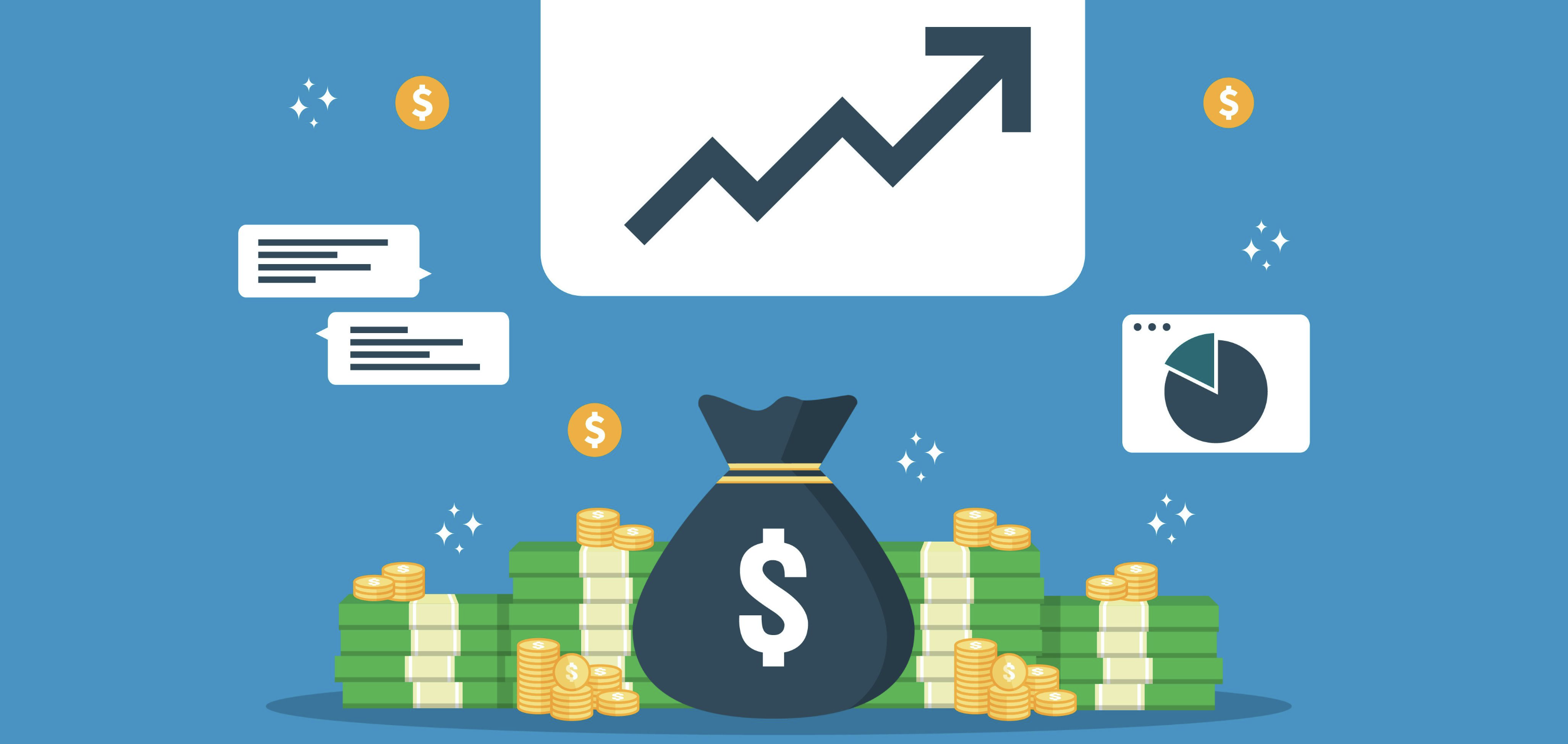
What Is the Purpose of a Booster Club?
What Is the Purpose of a Booster Club?
A booster club is a volunteer group of parents and other generous individuals who are devoted to supporting specific activities in schools and throughout communities.
Activities can include sports and athletics, theater, music, arts, and other programs. Usually, the club develops fundraisers and other pledge drives to earn money for their organization. They may also seek to garner fans within their community.
So what is the purpose of a booster club? Money raised through fundraising can be used to purchase equipment and supplies needed to ensure that the sponsored group of individuals is able to participate in its desired clubs. Earnings can also assist booster club managers with expenses and help to keep event costs down.
Common booster club purposes include the following:
- Encouraging student and community engagement
- Raising money to pay for trips, supplies, and equipment
- Setting up competitions between neighboring clubs
- Strengthening the skills of children and teenagers in extracurricular activities
- Giving direction to volunteer-minded individuals
While booster clubs can’t be directly sponsored by a public school, school administrators may grant approval for the use of their theaters or gymnasiums by the club.
Types of Fundraisers Held
Fundraisers are often organized by the booster club management to ensure that the club is able to properly support its protégés. These fundraisers may include raffles, parent-student organized dinners, and the sale of food items at sporting or theater events.
Clubs may print tee-shirts and other merchandise that can be purchased by supporters or members of the booster club. This approach gives community recognition to the club and can lead to increased interest in membership and volunteering opportunities.
Benefits of a Booster Club
Booster clubs are a great way to drive student, parent, and community engagement with extracurricular activities. Often these clubs offer a great way for students to gain experience in sports, music, and artistic endeavors that they may not be able to directly access through their schools, especially when funding is an issue.
Simplify Communications from App to Website





.png)